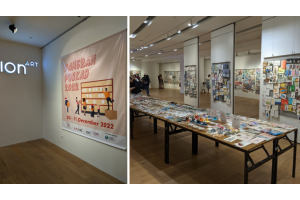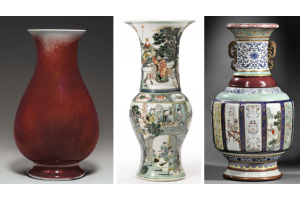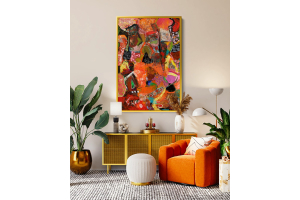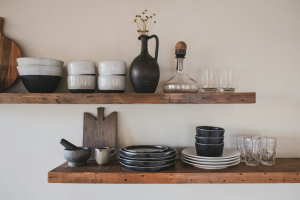Art Deco Interior Design: Everything You Need to Know
-
December 21, 2023
Informational
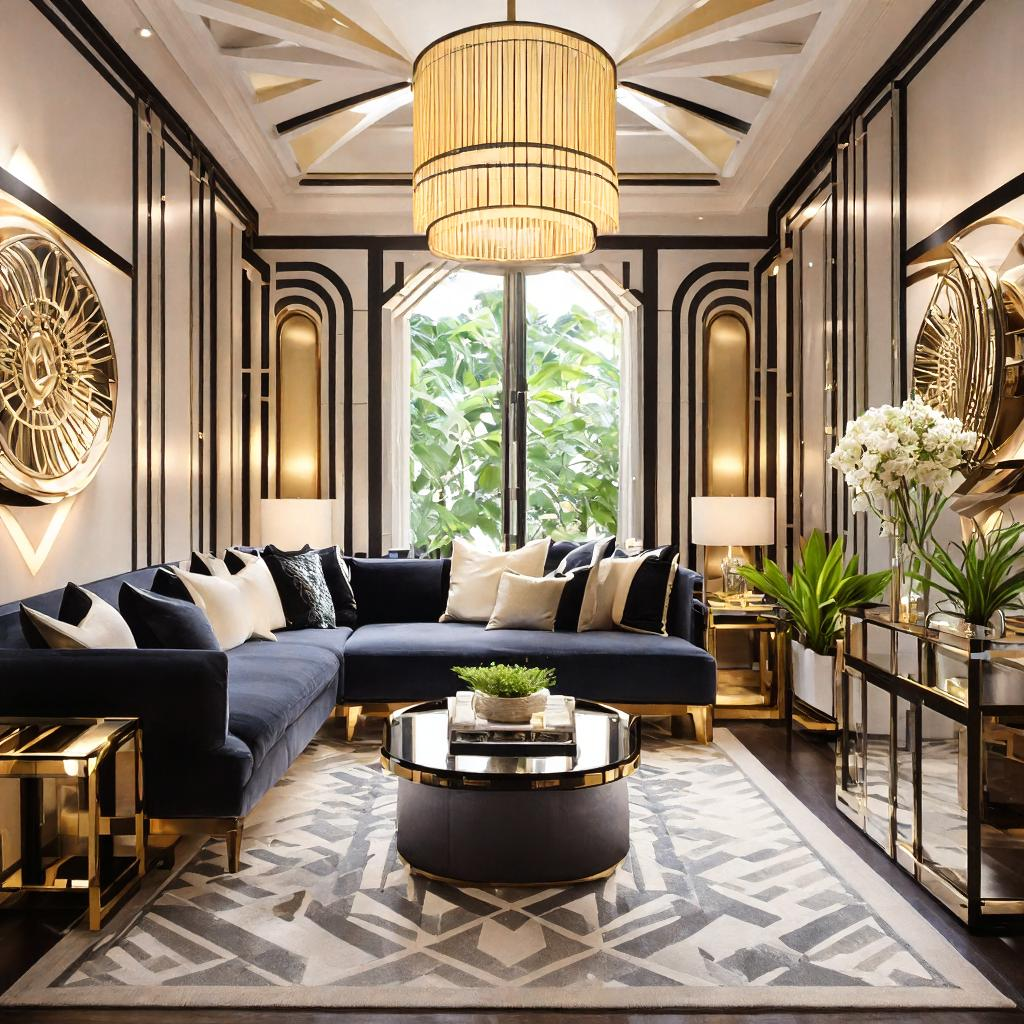
Written by: Ooi Jian Hui
In the dance of design, where every square foot matters, Art Deco emerges as a maestro, orchestrating bold shapes and patterns to transform small spaces into realms of glamour and sophistication. This approach is the epitome of Art Deco interior design, celebrated for its ability to create elegant, yet functional spaces.
What is Art Deco Interior Design?
Art Deco, short for "Arts Décoratifs," is a design movement that originated in France in the early 20th century. Known for its bold geometry, symmetry, and luxurious materials, Art Deco is a style that prioritizes elegance and opulence. It combines modernist styles with fine craftsmanship and rich materials, creating an atmosphere of glamour and sophistication.
History of Art Deco Interior Design
The Art Deco movement rose to prominence in the 1920s and 1930s, becoming synonymous with the Jazz Age and the economic prosperity of the post-war period. It was heavily influenced by the industrial revolution, advances in technology, and global influences, including Egyptian and African art. The style’s popularity peaked at the 1925 Exposition Internationale des Arts Décoratifs et Industriels Modernes in Paris, and it quickly spread across Europe and America, shaping architecture, furniture, and interior design.
Today, Art Deco remains a beloved style for its timeless appeal, adding a touch of retro glamor to contemporary interiors.
Key Characteristics of Art Deco
Elements
Bold shapes and patterns
In the Art Deco playbook, geometric shapes take center stage, introducing a symphony of triangles, chevrons, and zigzags. This geometric elegance is a secret weapon, creating structured allure and bestowing small spaces with a sense of intentional design. Picture a mural of triangles adorning a wall, each angle adding a note to the visual composition.

Image generated by Capcut
The metallic overture of Art Deco is a celebration of reflective surfaces and luxurious finishes. Chrome and gold take center stage, reflecting light in a mesmerizing dance. In the compact embrace of a small space, these metallic notes amplify the illusion of expansiveness, turning it into a luminous haven. Besides, the texture-rich tapestry of Art Deco invites tactile exploration. Lacquered finishes, mirrored accents, and exotic woods become storytellers, each touch adding depth to the narrative. In a small space, this textured embrace creates an immersive experience, where every surface has a tale to tell.

Image generated by Capcut
Symmetry
Symmetry in Art Deco isn't just about aesthetics; it's a balancing act that transforms the visual composition of a room. Small spaces often grapple with a sense of disproportion, and here's where symmetry becomes the remedy. Whether it's a pair of matching sconces on either side of a mirror or twin pendant lights illuminating a compact dining area, the dance of balance unfolds gracefully.
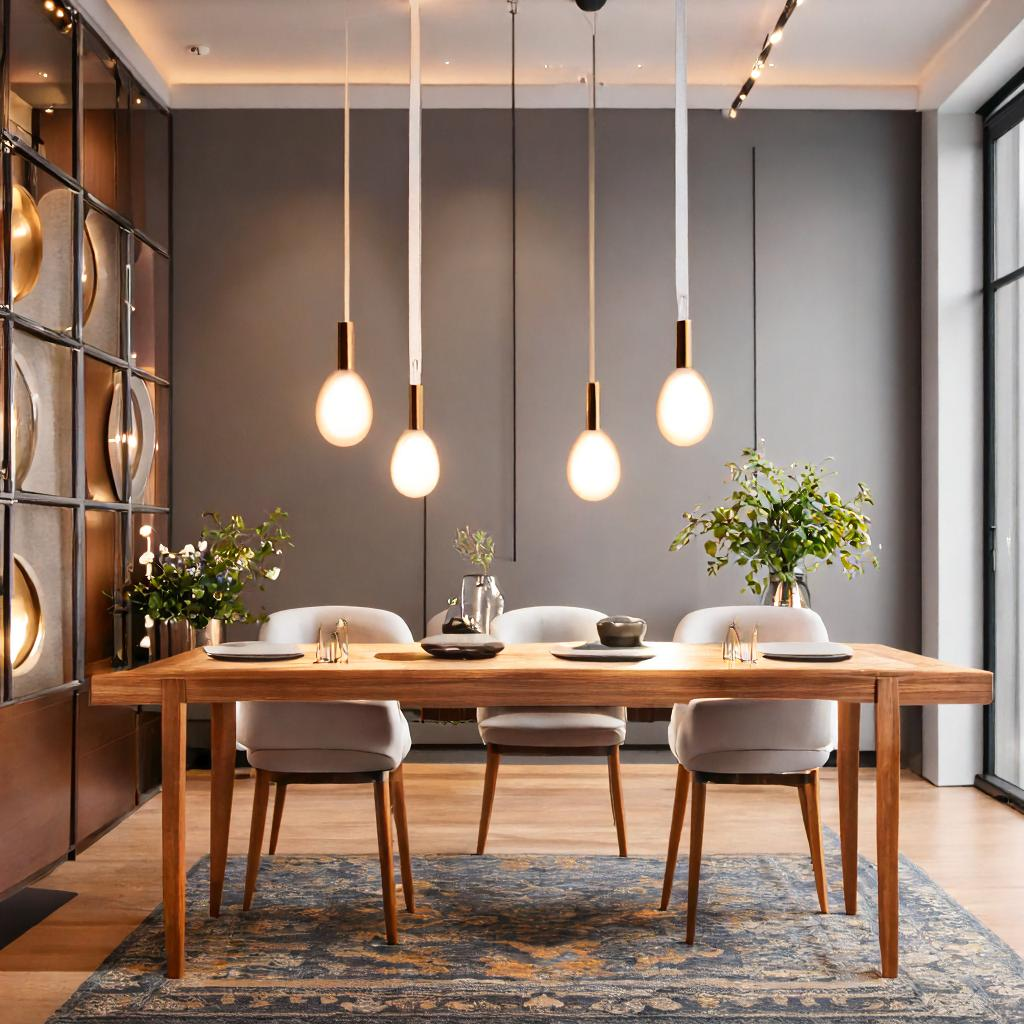
Image generated using Capcut: Twin pendant lights illuminating a compact dining area
Art Deco's love affair with metallic finishes and reflective surfaces is like a mesmerizing melody that reverberates through a room. Chrome, gold, and mirrored accents create a reflective resonance that amplifies the sense of space. These materials are not just design choices; they're strategic tools that play with light, making small rooms feel larger and more luminous.
Mirrored Illusions and Metallic Brilliance
Enter the magician's realm of mirrored furniture, a signature move in the Art Deco playbook. Mirrored consoles and dressers create illusions of depth and openness. Placed strategically, these mirrored elements catch incoming light, producing a visual spectacle that defies the confines of small spaces. It's not just furniture; it's an enchanting trick of the eye.
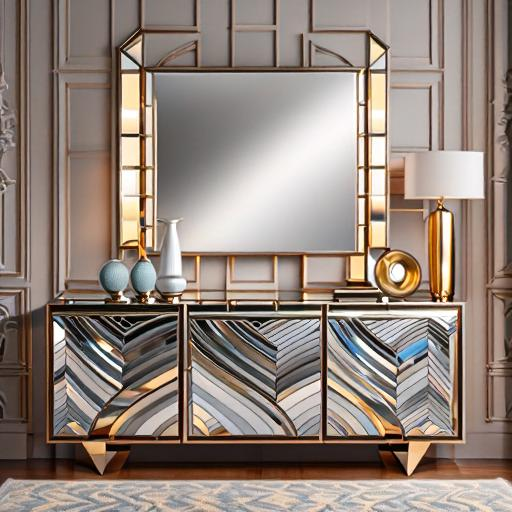
Usage of metallic touches also aren't just dazzling; they're instruments that catch and bounce light, creating a dynamic interplay that transcends space limitations. Picture a petite dining nook adorned with gold-accented chairs or a powder room adorned with chrome-framed mirrors.
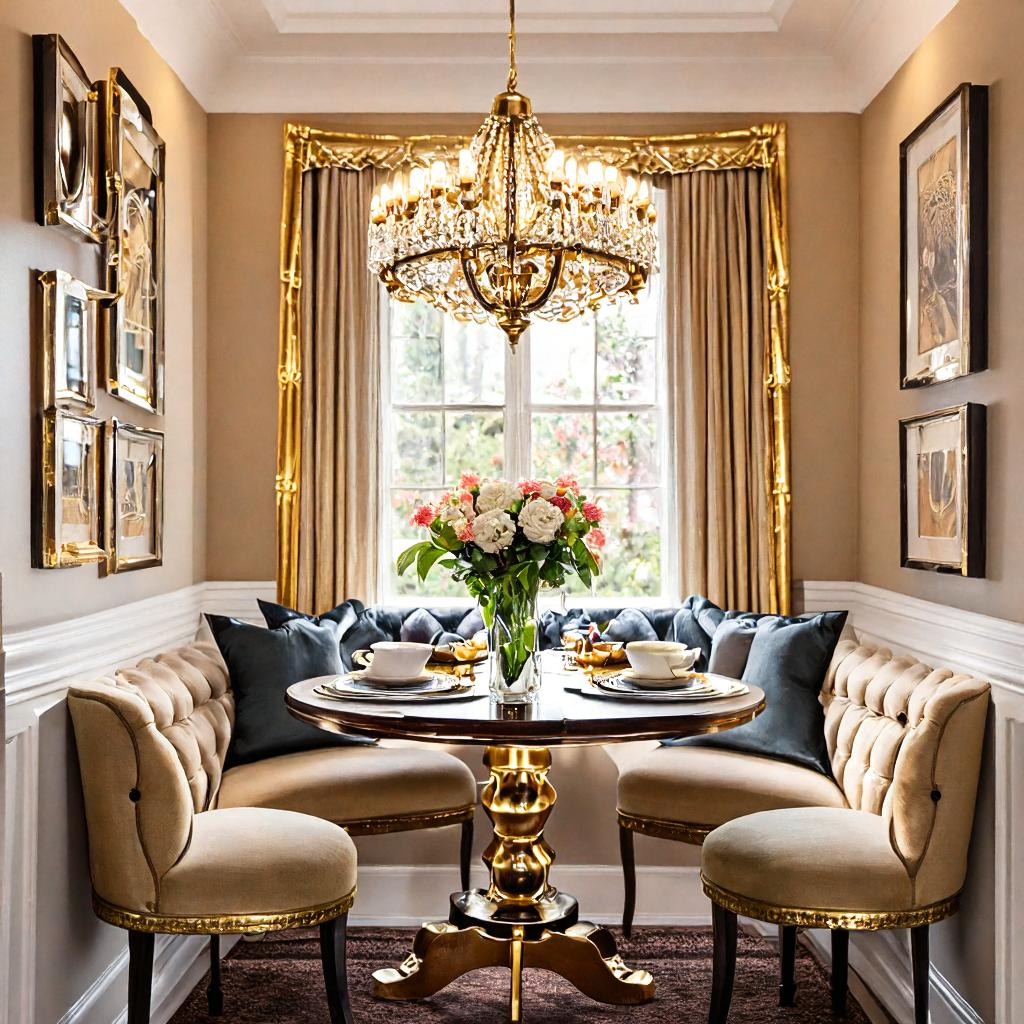
Furniture Placement Strategy
Picture a room as a grand stage, and each piece of furniture as a performer. Art Deco whispers the importance of scaling furniture to the room's dimensions, avoiding the overshadowing of petite spaces or the lost echoes in larger ones. The dance begins with a curated selection of furniture that complements, rather than competes with, the room's size.
The Dance of Maximised Space
In the realm of Art Deco interior design, the strategic placement of furniture is not just a necessity but an art form. In this 'Dance of Maximised Space', Art Deco interior design principles come into play, guiding the arrangement of furniture to maximize utility and aesthetics in small spaces. As the dance floor of a small room opens up, the next act involves strategic maneuvers to maximize space. Art Deco suggests a pas de deux between furniture and walls, urging a choreography where sofas and tables gracefully hug the perimeters. The result is not just efficient use of space but a visually expansive dance floor that defies spatial constraints.
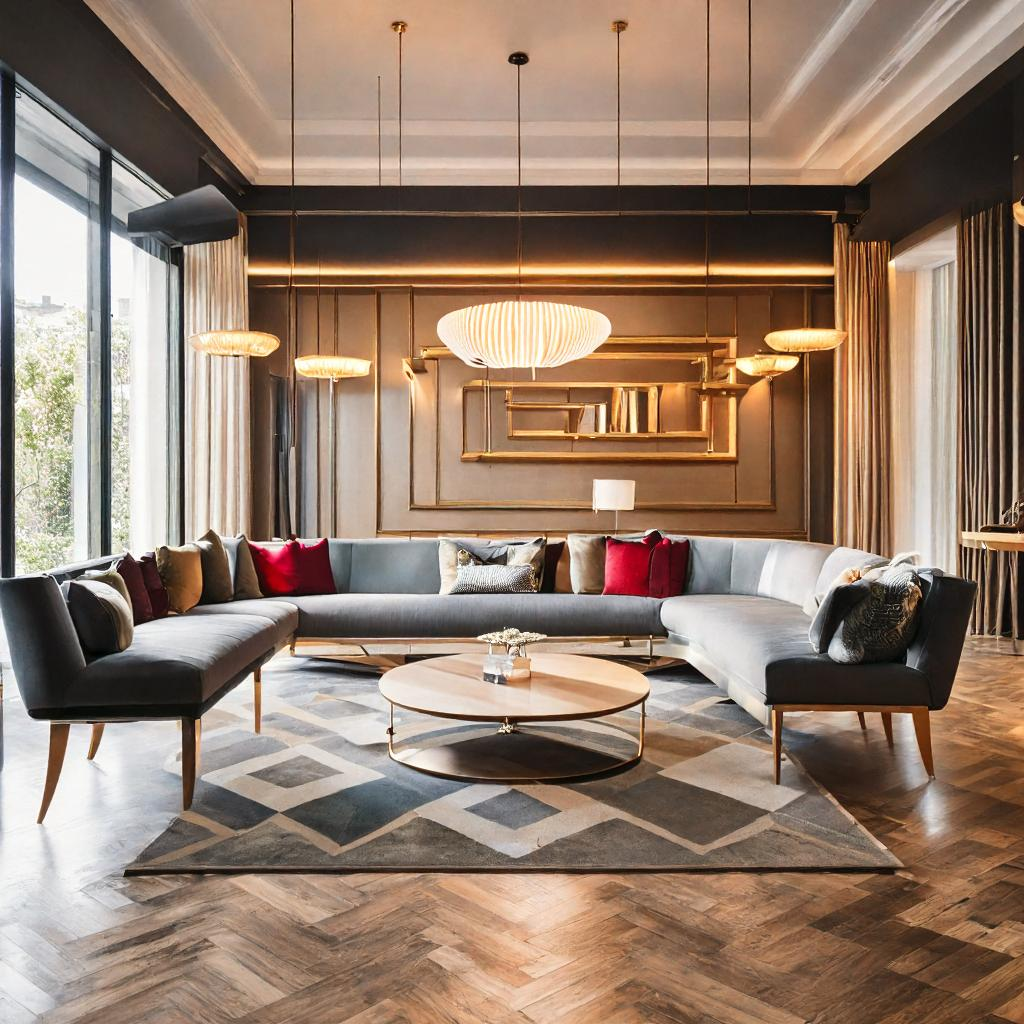
Furniture isn't just static; it's a versatile dance partner with multiple roles to play. Multi-functional pieces take center stage, effortlessly transforming from coffee tables to desks, or ottomans that pirouette into extra seating. This fluidity in function ensures every piece has a meaningful role in the design choreography.
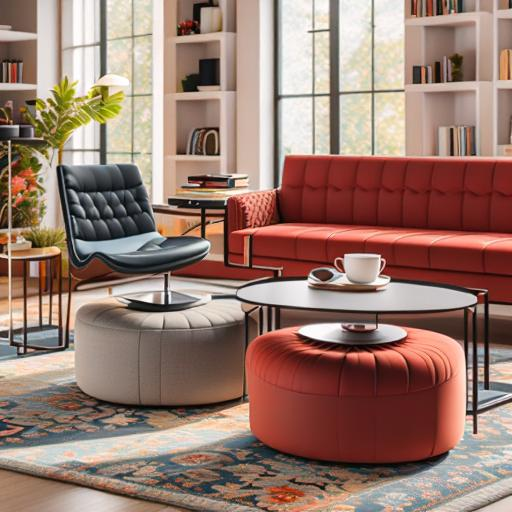
A pivotal move in the Art Deco dance routine is the against-the-wall waltz. This strategic placement not only opens up the central space but also creates an illusion of grandeur. Imagine a sleek console gracefully leaning against the wall, or a bookshelf showcasing its treasures while hugging the room's boundary – these are the dance moves that transcend spatial boundaries.
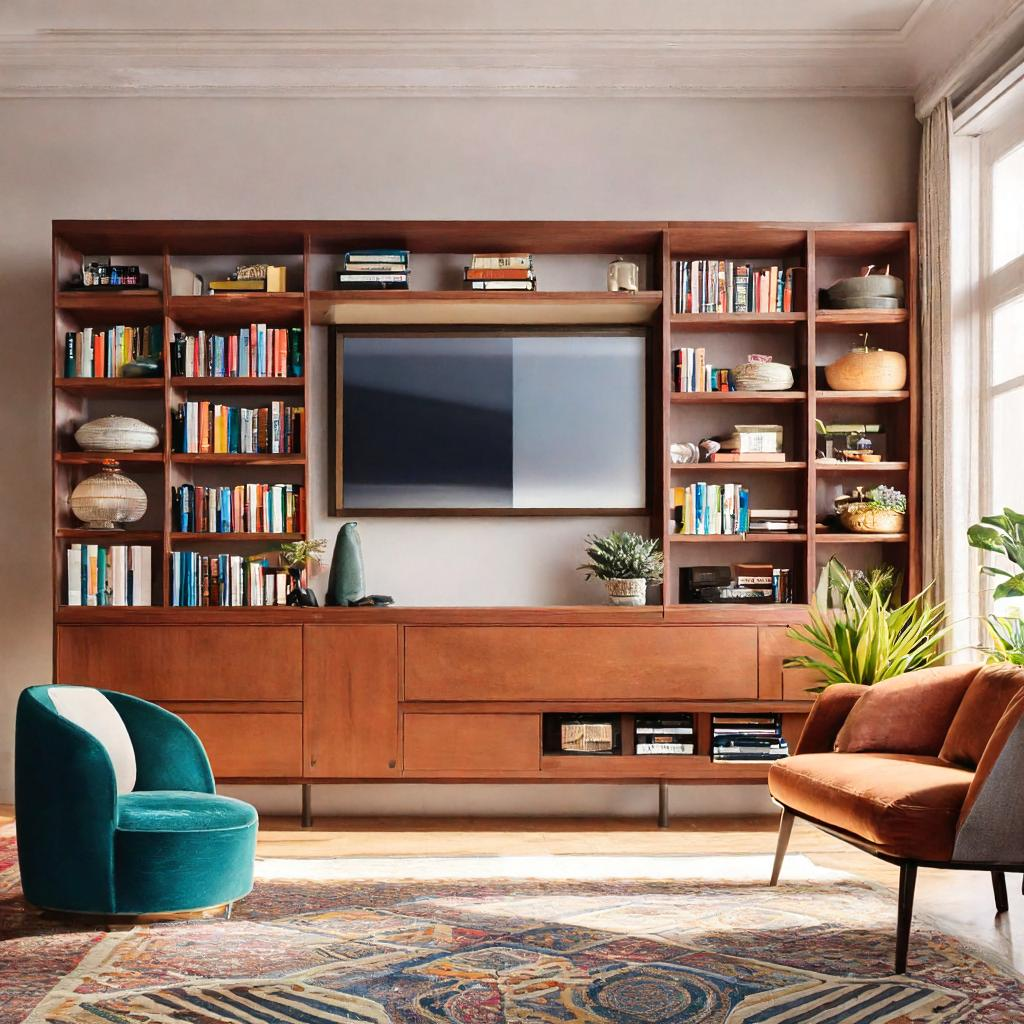
Clutter Free Ballet, Light and Shadow
The elegance of Art Deco lies in the simplicity of its clutter-free ballet. Each piece is curated, and unnecessary elements are gracefully omitted. The dance floor is clear, allowing the eye to move effortlessly across the space without stumbling over visual discord. Less isn't just more; it's the key to an unobstructed dance of design.
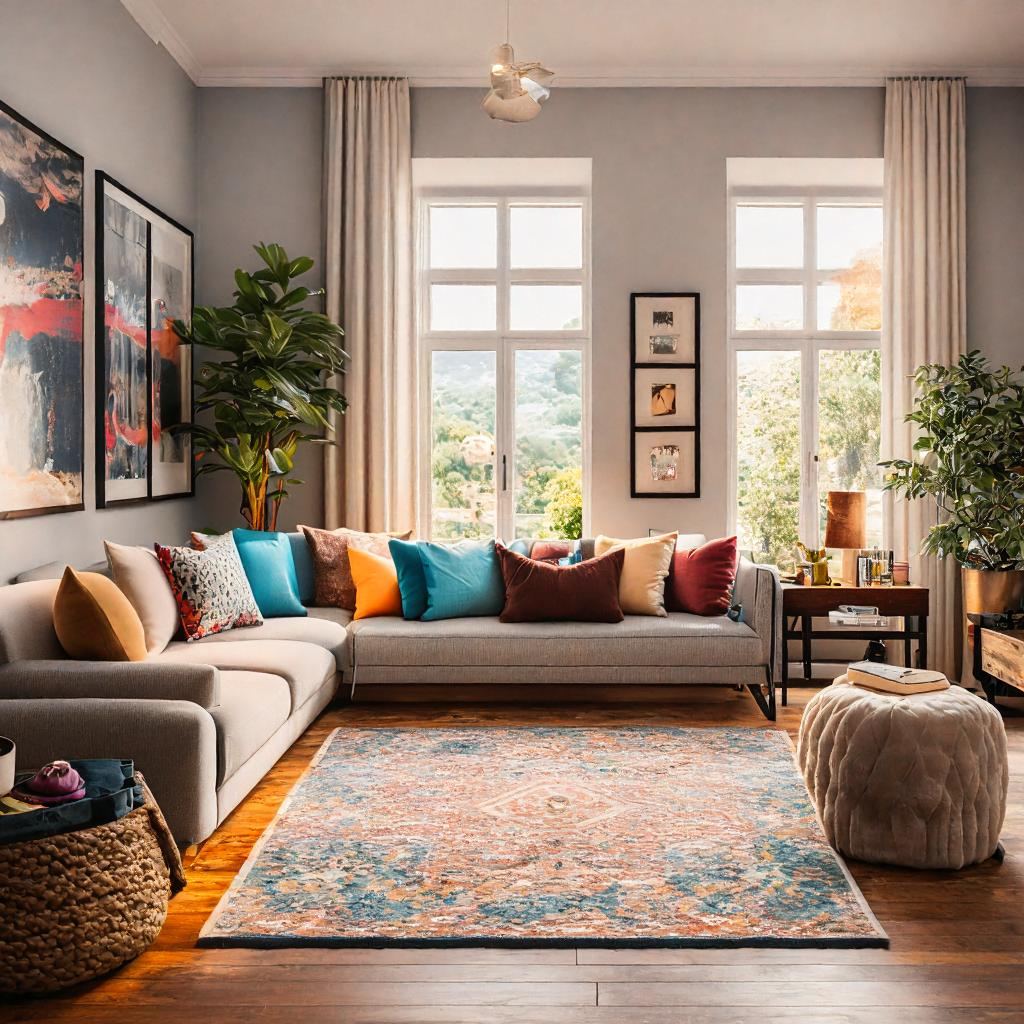
In the Art Deco dance, lighting takes on the role of the choreographer's spotlight. Carefully placed lamps and fixtures cast shadows that waltz with furniture, creating a dynamic play of light and shadow. The strategic interplay enhances the room's dimensions, making it feel both expansive and intimate in the same breath.
Colour Palette
Color isn't just a visual element; it's a powerful maestro orchestrating the mood of a space.
The Palette's Prelude
Imagine your room as a blank canvas awaiting the first stroke of the artist's brush. Art Deco advises a curated selection of colors, urging you to choose a limited palette that echoes simplicity and sophistication. This isn't just a color scheme; it's the opening notes of a design overture.
Glided Elegance
To avoid overwhelming a petite space, Art Deco gently suggests limiting the color palette to one or two key hues. Picture a delicate duet between black and white, a classic pairing that brings timeless elegance to any setting; or envision a crescendo of cream and gold. This minimalist approach lays the foundation for a room that breathes freely within its limited dimensions.

The Art of Accentuation
Now that the palette has been set, Art Deco introduces a dance of accents. Bold accents are the brushstrokes that add intrigue without overpowering the canvas. Imagine an occasional pop of emerald green against a black-and-white backdrop or a ruby-red statement piece in a cream-and-gold haven. These accents are the surprises that keep the visual melody dynamic.
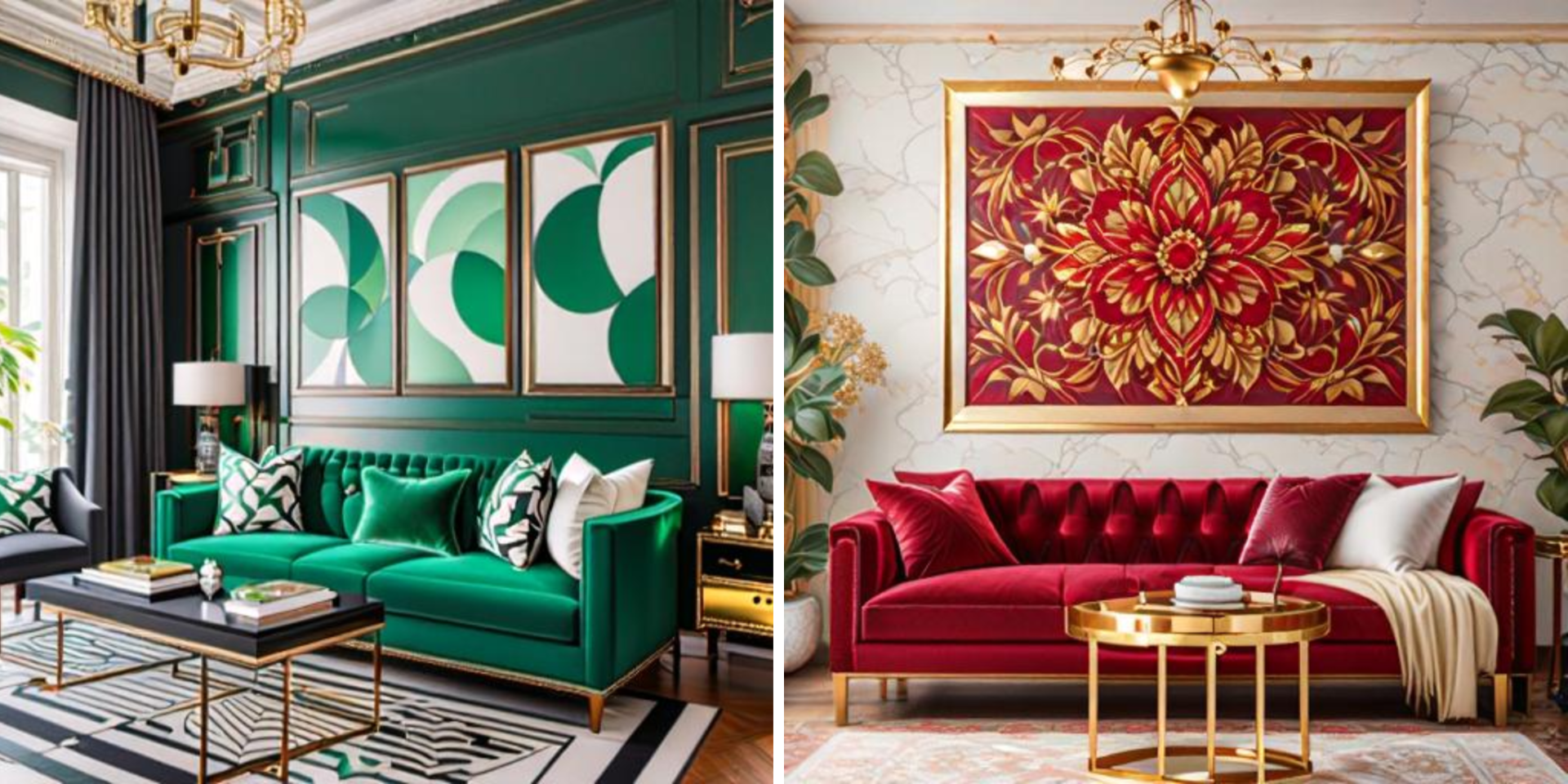
You can accentuate your space with MeetArts as you contemplate adorning your walls with captivating artworks. Picture Alan Tan's exquisite 'Little Art - 2022' series, a seamless fusion of monochromatic sophistication, complemented by subtle touches of white and black. It's not merely art; it's the impeccable punctuation for your walls.
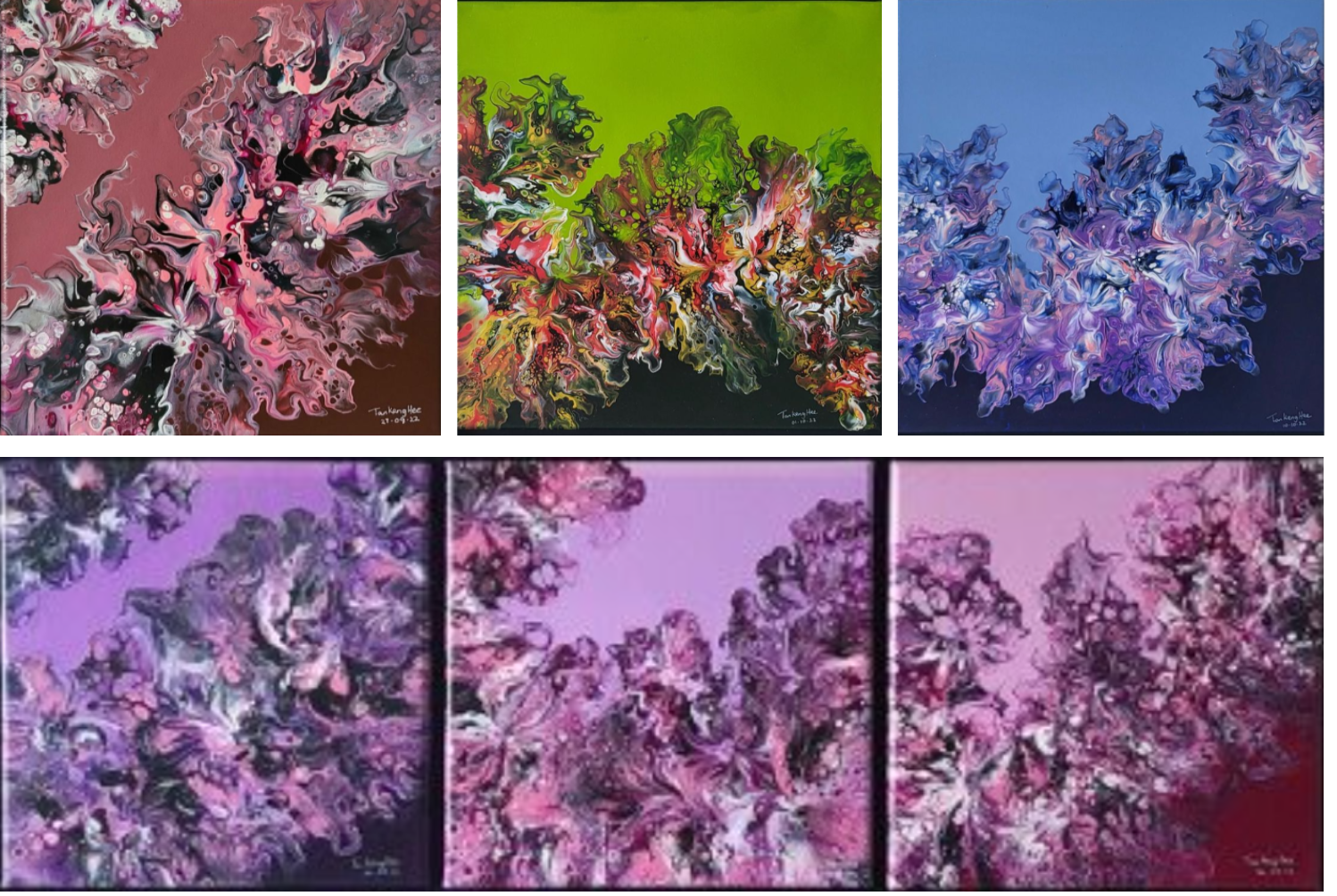
https://www.meetarts.org/artworks.html?seller=alan-tan
With MeetArts, let your walls narrate a compelling tale. Explore more and orchestrate your artistic haven today!
How to Incorporate Art Deco Interiors in Your Space
To bring Art Deco style into your space, start by choosing statement lighting that reflects the geometric patterns and opulent materials of Art Deco. A bold chandelier or a pair of frosted glass sconces can transform a room’s ambiance, making it feel more spacious and elegant. Mirrors and reflective surfaces play an important role as well; placing large mirrors on the walls or using mirrored furniture creates the illusion of a bigger space, while chrome-finished decor adds function and style. Opt for streamlined, multi-functional furniture, especially in small spaces. Choose pieces that serve a dual purpose, like a storage ottoman or fold-out table, with sleek lines and curvaceous shapes that embody Art Deco elegance. Art Deco-inspired wall art, such as Alan Tan’s Little Art - 2022 series available from MeetArts, can add sophistication to the space and capture the monochromatic allure of the style. Finally, incorporate bold patterns in small doses; for instance, a geometric rug or accent wallpaper in select areas can add character without overwhelming the space.
Key Takeaways
- Art Deco interior design adds timeless charm, especially in small spaces, creating elegance and order through symmetry, luxury, and bold patterns.
- Carefully chosen colors, furniture, and accents can transform compact areas into stunning retreats inspired by the 1920s' opulence and sophistication.
- Mirrored surfaces can be incorporated to create depth and expand visual space.
- Luxurious textures add a touch of glamour, enhancing the overall aesthetic.
- Embracing symmetry brings a sense of balance, key to Art Deco’s design language.
- Each design element turns even small spaces into an aesthetic statement, embodying the bold sophistication of Art Deco style.


 PREVIOUS ARTICLE
PREVIOUS ARTICLE 

